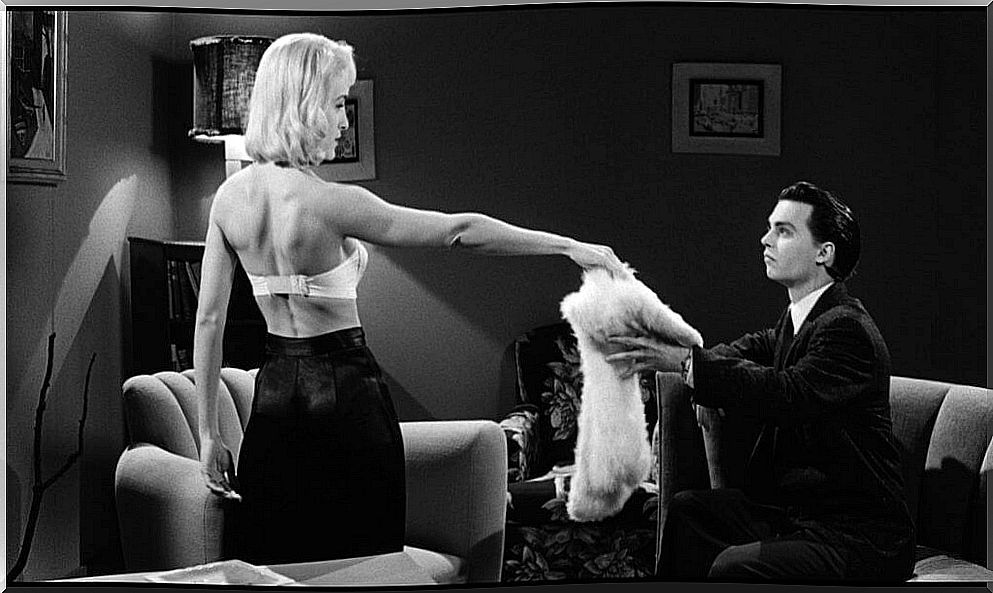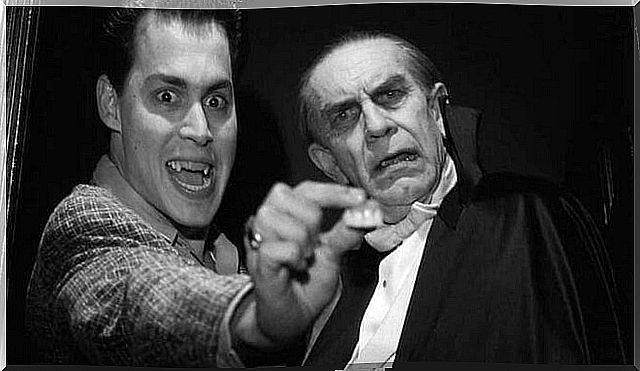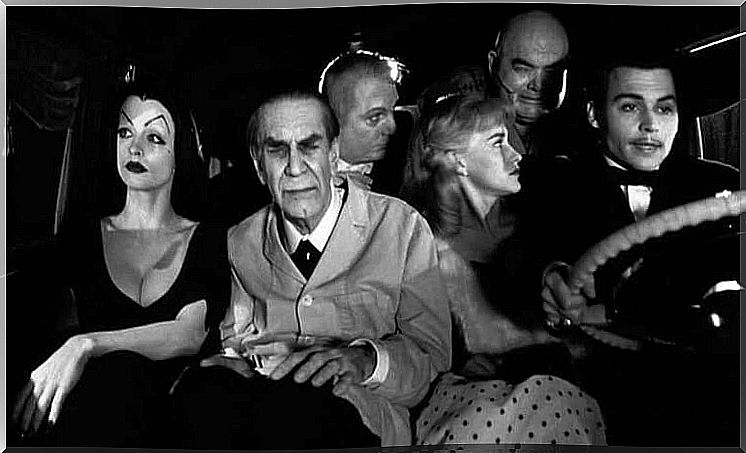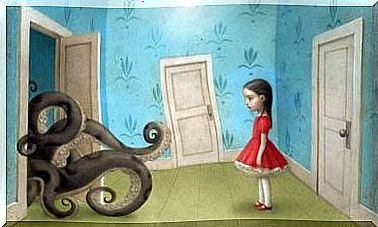Ed Wood, The Enthusiasm Of The Worst Director

Ed Wood was a film director, screenwriter, actor and producer who longed to see his creations on the big screen, to go down in film history; And in a way, he did. But maybe not in the way he expected, but after his death, he was described as “the worst film director in history.” His film Pan 9 from outer space was rated, in turn, as the worst film in history and as the first of the Z cinema, a subgenre of B cinema, of poorer quality and a lower budget.
However, the passage of time has given Wood the recognition of “cult director” and filmmakers such as John Waters and Tim Burton cite him among his influences. Was Ed Wood that bad? The truth is that the quality of his films leaves much to be desired : inconsistencies in the script, continuity problems, visible microphones, archival scenes, cardboard sets and a host of problems that make his films anything but credible. .
The rejection by the production companies of Wood’s work resulted in a very limited budget that, together with the limited technological advances of the time, led to the poor quality of his films. It is true that he was not a perfectionist and he cared little about mistakes or inconsistencies, he only shot one take and believed that cinema was beyond perfection, that everything was credible.
But despite his mistakes, there is something endearing about his tapes, a unique essence. Let’s not put aside the fact that, in the society of the 50s, certain themes could be considered provocative and, as a consequence, many of his films would not be taken seriously. This is what happened with Glen or Glenda , a film in which Wood intended to move with a personal story about cross-dressing, although it caused more laughter than shock.
Ed Wood : the biopic
Tim Burton immersed himself in 1994 in the adventure of bringing this director’s story to the big screen. Burton has cited B cinema influences countless times, especially horror, something that has been reflected throughout his filmography.
Among his influences, we find Ed Wood. Burton saw Plan 9 from outer space in his childhood and has fond memories of it. His films may be riddled with mistakes, but there is one thing they are not lacking in: enthusiasm. And it is precisely that enthusiasm that Burton gives us in the biopic.
Unlike Wood, Burton is totally coherent and gives us a perfectly narrated film, enjoyable in all respects. Burton had an exceptional script and experienced actors: Johnny Depp and a magnificent Martin Landau stand out. But not everything was rosy, because at the moment in which Burton decided to shoot the film in black and white, problems appeared with the production company that decided to disengage from the project.
Burton wanted to capture the essence of the time, of Lugosi and of the cinema B of the 50s and, for this, it was essential that the story be told in black and white. The film was released in 1994 and, although it did not garner good support at the box office, it was awarded two Oscars: best makeup and best supporting actor. Both awards linked to one of the key figures in the film: Bela Lugosi. The figure of the mythical actor came to life thanks to an exceptional make-up (supported by black and white) and the sublime performance of Landau.
Ed Wood is, for many, one of the best films of Burton’s filmography. We are talking about a work with personality, which has nothing to envy from other films by the director and which manages to convey the essence of an era, the other side of Hollywood and recovers such significant figures as Lugosi or Wood himself.
A tribute to cinema
Beyond the tribute to Ed Wood, the film is a tribute to cinema B. The film is an ode to cinema, to the 50s, to black and white films and to the punished “old glories” of cinema such as Bela Lugosi. Already in the credits, we perceive a certain nostalgia, a certain magic that the most current cinema seems to have forgotten.
The film begins with tombstones in which the names of the actors are read, in the purest Wood style, images of tentacles and flying saucers appear; then a dark music accompanies us to a dark and mysterious room. The camera enters the room in which a coffin stands out under a sinister window; Outside, the storm paints a dark scene.

The coffin opens and Jeffrey Jones appears, characterized as Criswell, to explain that what we are about to see is the true story of Ed Wood. This introduction, so characteristic of cinema B, is really magnetic and ends with a great movement of the camera through the window, that is, plunging us into the darkness of the storm. The final scene takes us to the beginning, but with a reverse camera movement, returning us to the room and closing the coffin; something, simply, magical.
Another significant element is the Hollywood sign, present at various moments in the film, we see it high up, but accompanied by thunder and darkness. Inviting us to think that, perhaps, the mecca of cinema is not as wonderful as we have been led to believe. In contrast, Burton leads us to a study of the poorest and most rudimentary, showing the other side of the industry, the cruelty of Hollywood. The whole film is a tribute, it is full of allusions and told in detail; a real gem with notes of humor and nostalgia.
Ed Wood: the epitome of enthusiasm
Wood was characterized by his great love of cinema, by his passion, despite the fact that his talent was terribly questioned. Ed Wood felt like Orson Welles, he was convinced that he could do something great, something important and he trusted his abilities to perform at the same time as a screenwriter, producer, director and actor.
Burton presents us in his film an endearing, innocent character, with the illusion of a child. Wood, despite harsh criticism and adversity, never lost his smile, believed in himself and continued to make low-budget films.
He became friends with Bela Lugosi, the Hungarian actor who enjoyed great popularity for his portrayal of Dracula. Burton saw in this friendship a reflection of what happened to him with Vincent Price, a very popular actor in horror films and to whom Burton, as Wood did with Lugosi, gave what would be the last role of his career.

Ed Wood was characterized by his charisma and that, despite the rejection by the industry, managed to join the forces of his closest friends, who were baptized to obtain funding from a religious group and that Wood could film Plan 9 from outer space . His unusual optimism consolidated him as a character that has aroused interest among the public, without going any further, there is the Church of Ed Wood, an organization of spiritual growth inspired by the figure of the filmmaker.
At the end of his life, that characteristic optimism faded and Wood died broke and with serious alcohol problems. Burton manages to capture the essence of the character and gives us a film full of optimism, of hope. A nostalgic film that invites us to remember this peculiar director, to be optimistic in the face of adversity and to think that, perhaps, in other times, Wood’s fate would have been different.









